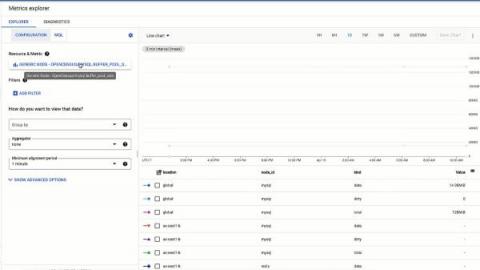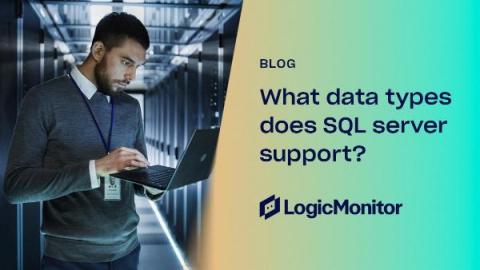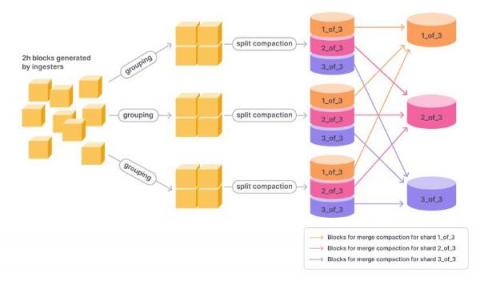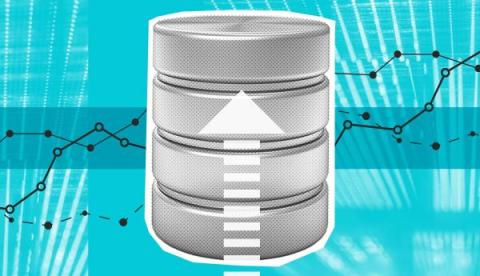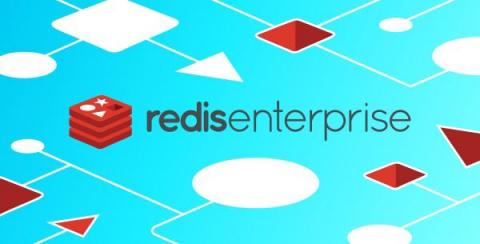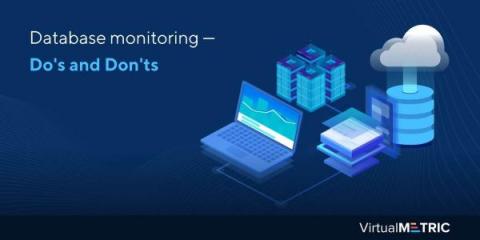Operations | Monitoring | ITSM | DevOps | Cloud
Latest News
How to Monitor Redis with OpenTelemetry
What Data Types Does SQL Server Support?
Video: How to migrate to Grafana Mimir in less than 4 minutes
Since we launched Grafana Mimir — the most scalable, most performant open source time series database in the world — we have answered many of your questions about our latest open source project, including how to pronounce it. (All together now: /mɪ’mir/.) We have also walked through how we scaled Grafana Mimir to 1 billion active series.
What is MongoDB and why use it for modern web applications?
Organisations of different scales and forms want to harness the power of data to identify new business opportunities and improve current business operations. Organisations that use data effectively can hold a potential advantage – the ability to make faster and more informed business decisions. However, working with data can be a long-standing problem for businesses and functions, especially in data management and software development.
How Grafana Mimir's split-and-merge compactor enables scaling metrics to 1 billion active series
Grafana Mimir, our new open source time series database, introduces a horizontally scalable split-and-merge compactor that can easily handle a large number of series. In a previous blog post, we described how we did extensive load testing to ensure high performance at 1 billion active series. In this article, we will discuss the challenges with the existing Prometheus and Cortex compactors and the new features of Grafana Mimir’s compactor.
The SolarWinds Database Portfolio is Growing
Monitor your Redis Enterprise clusters with Datadog
Redis is an in-memory key-value data store that offers fast performance, flexible data structures, and multi-model databases, allowing it to handle a variety of use cases. Redis Enterprise enhances open source Redis with features designed to run distributed applications at scale, such as multi-tenancy, tiered data storage, active-active cluster replication, and support for up to five 9s of availability.
Video: Get started with Grafana Mimir in minutes
Since we launched Grafana Mimir — the most scalable, most performant open source time series database in the world — we have answered many of your questions about our latest open source project, including how to pronounce it. (All together now: /mɪ’mir/.) We have walked through how we scaled Grafana Mimir to 1 billion active series. And we will be hosting webinars to showcase cutting-edge features like query sharding and the two-stage compactor.
Database monitoring - Do's and Don'ts
Enterprises evolve and transform into data-driven businesses, which take valuable insights from the data collected to grow and develop their business. This means that massive chunks of data are collected every second and companies search for ways to process it faster, secure and more accurately. The more data is processed, the smarter is the organisation and the greater potential for data-driven decisions is available.



